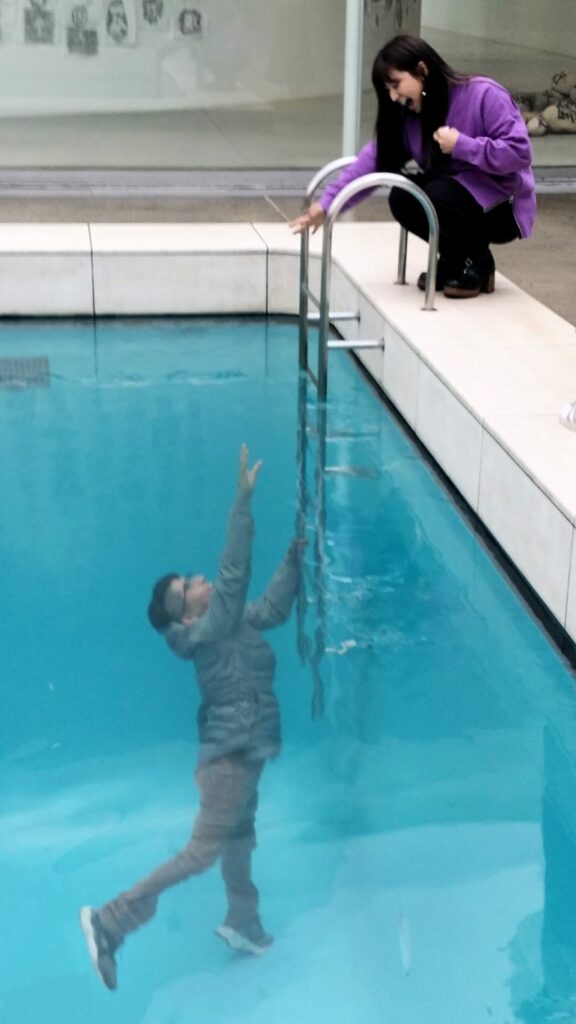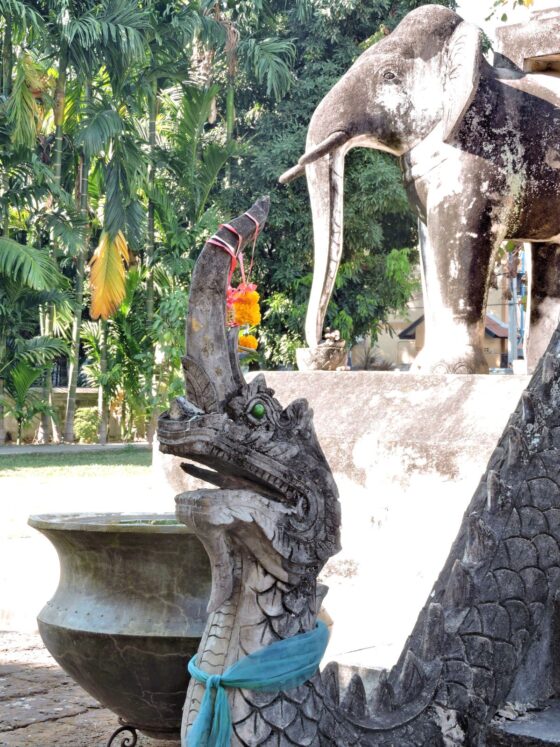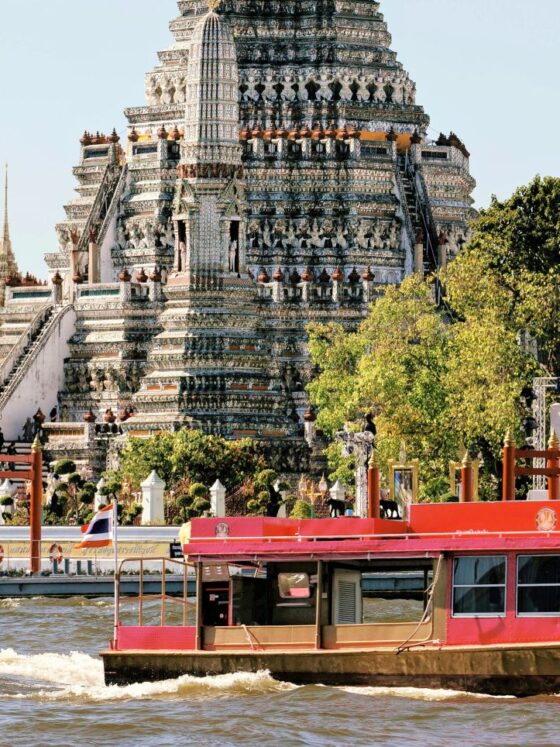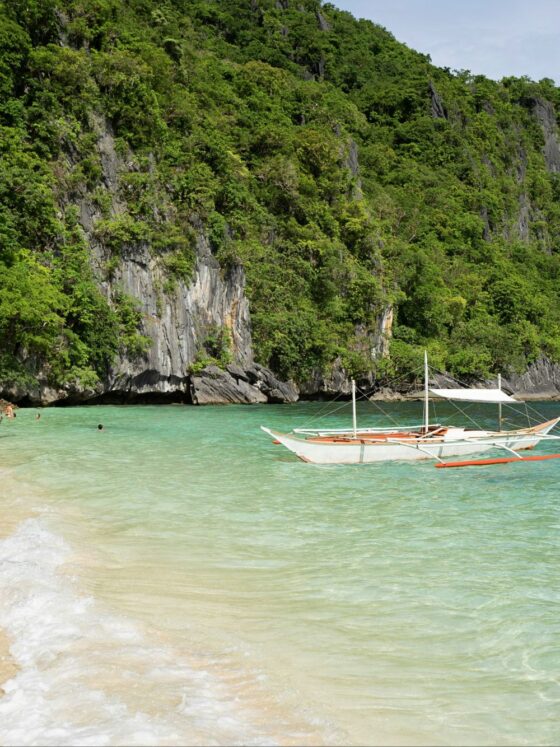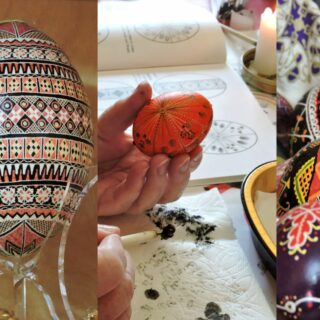Kanazawa
Located on Japan’s western coast along the Sea of Japan, Kanazawa is approximately two and a half hours by fast train from Tokyo and it can be reached in just under two hours from Kyoto.
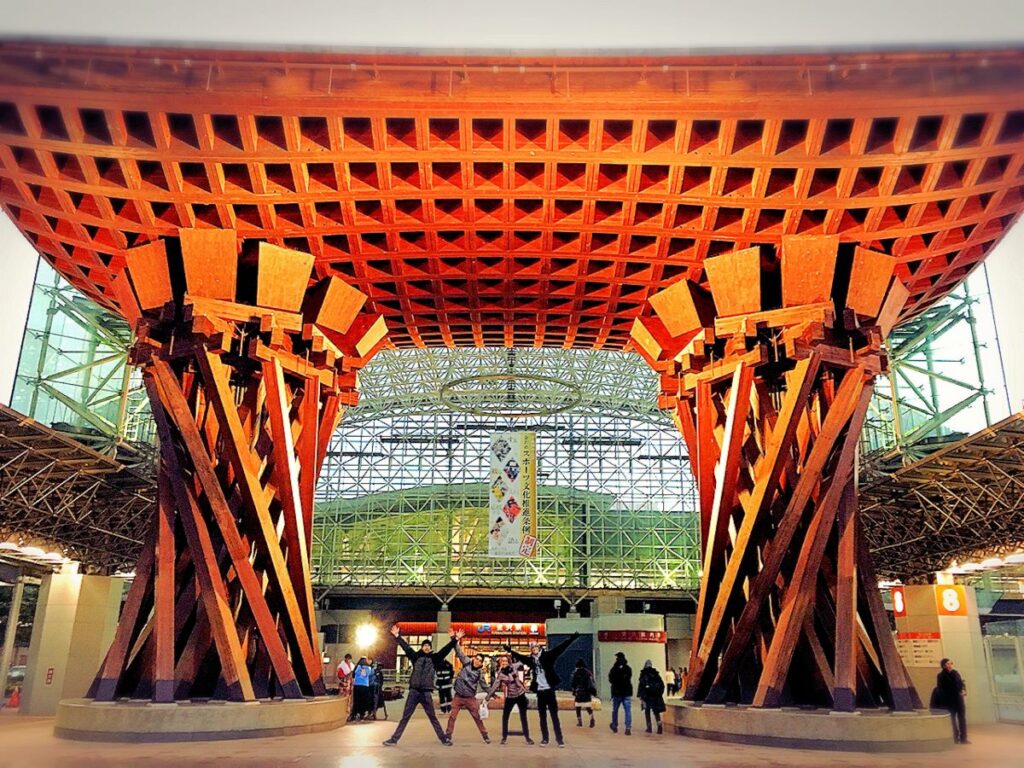
Sights to See
#1 Kanazawa Castle:
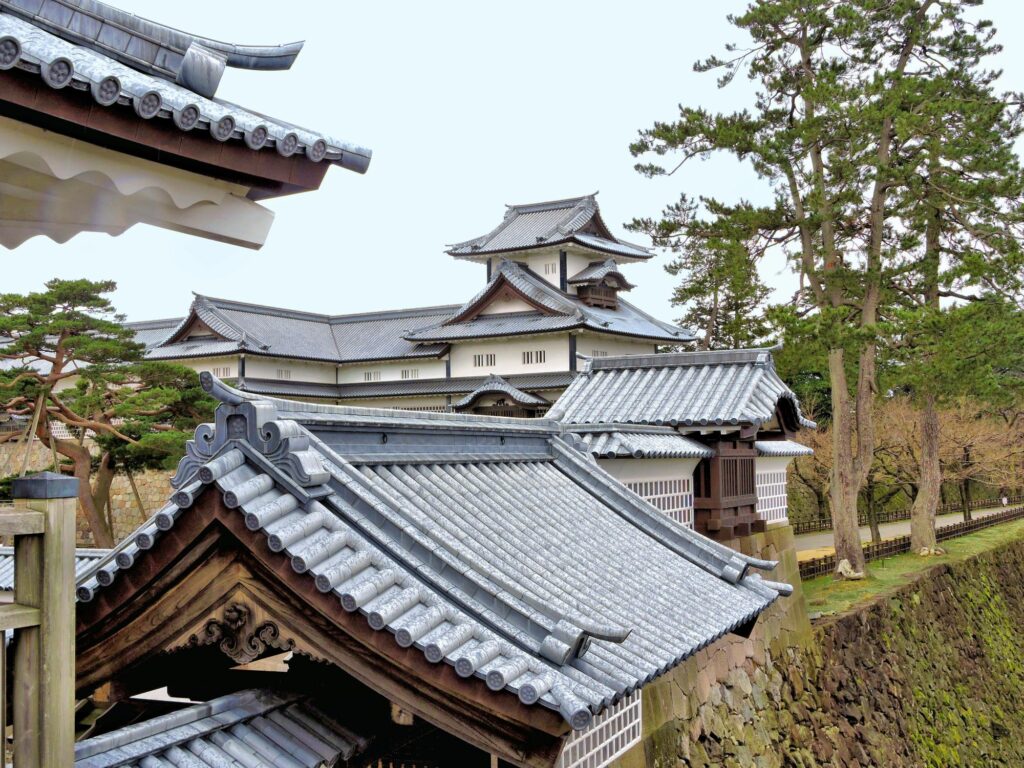
Located in the historic center of town, Kanazawa Castle is both striking and elegant with its white gates, lead roof tiles, fortified stone base and ambient moat enclosure.
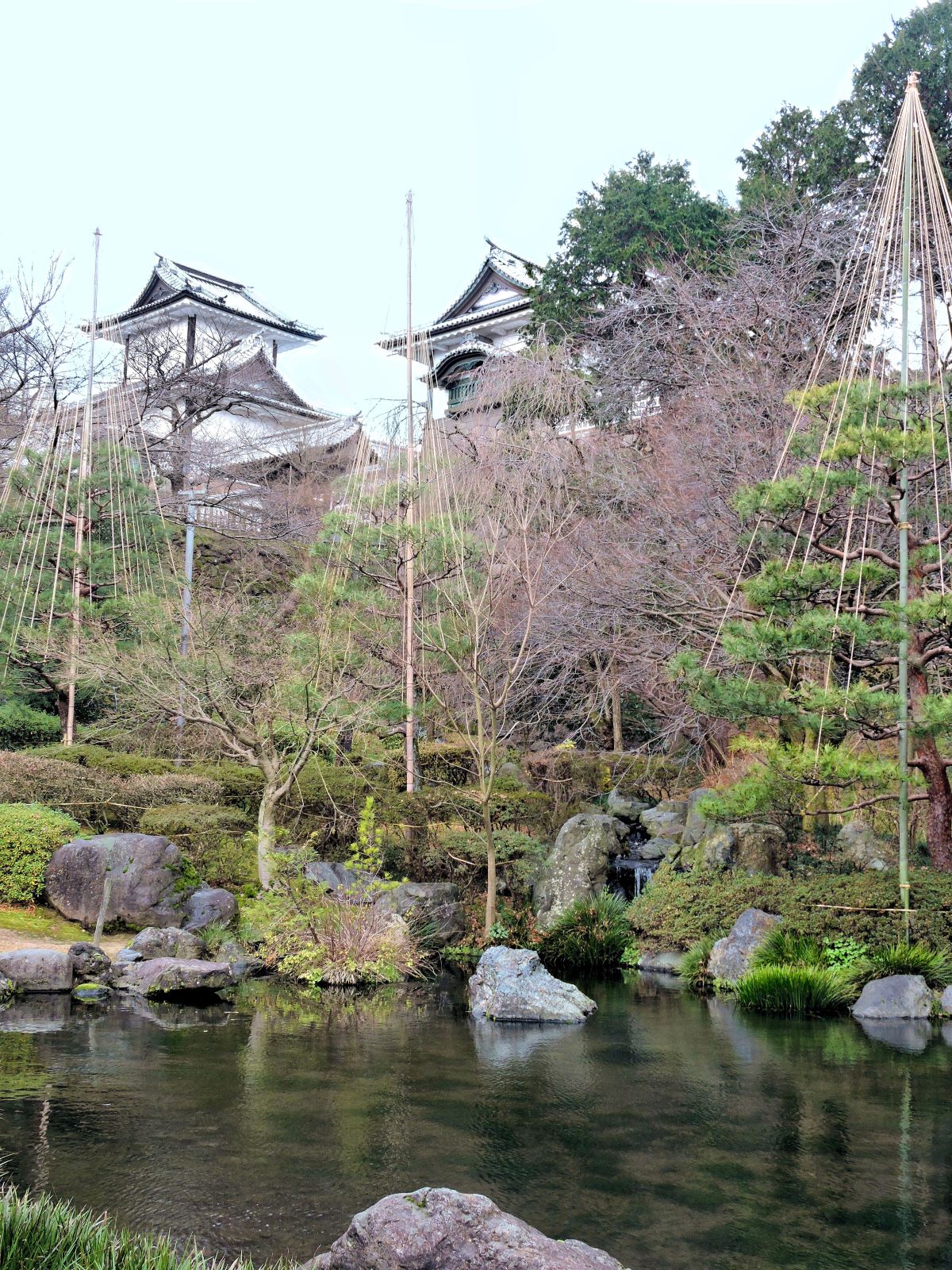
The history of Kanazawa castle and its earliest structural renditions can be dated back to 1546. Since that time it has been destroyed by a number of fires and been enlarged and rebuilt several times. The most recent reconstruction work is based on designs for how the castle looked towards the end of the Edo period in the 1800’s.
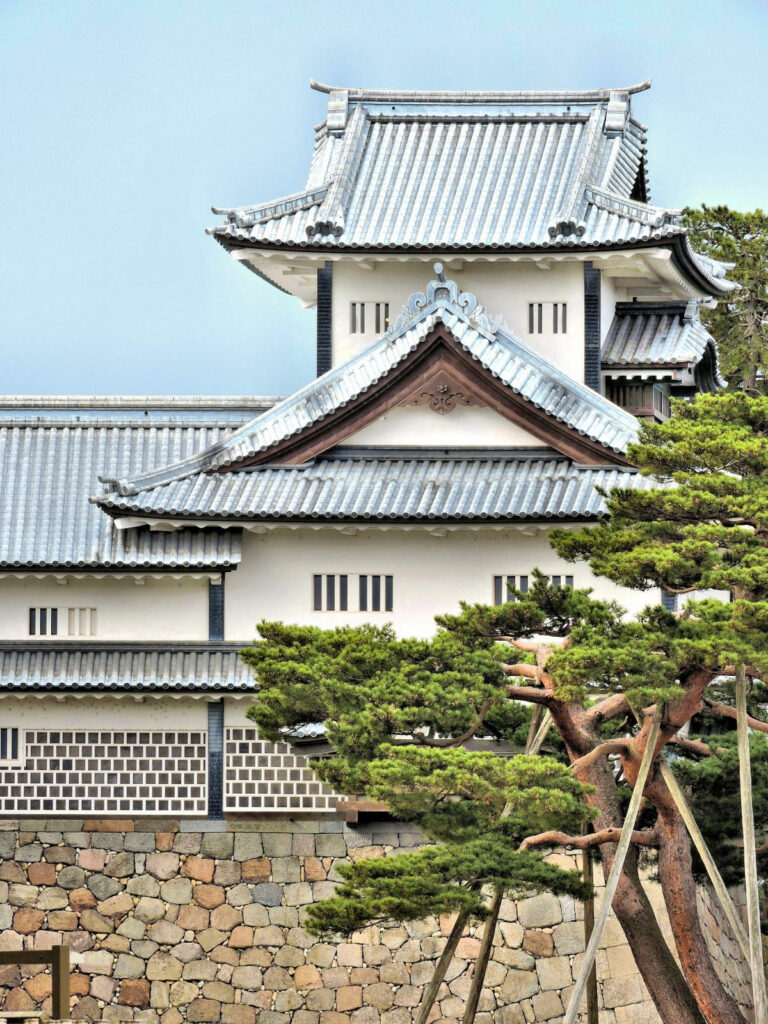
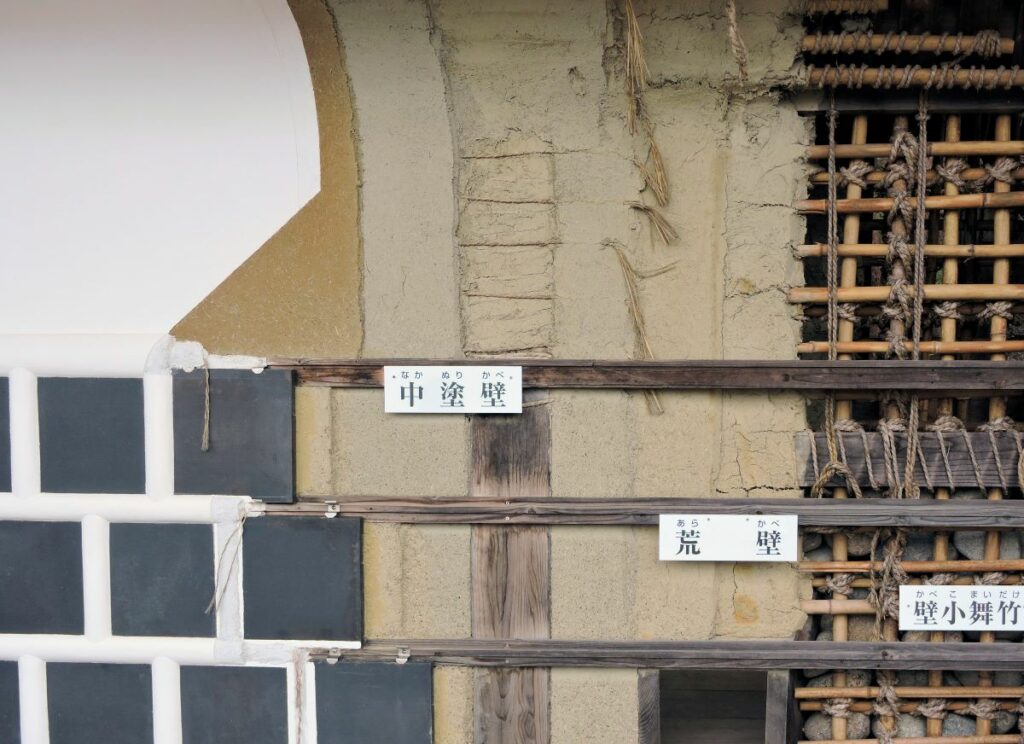
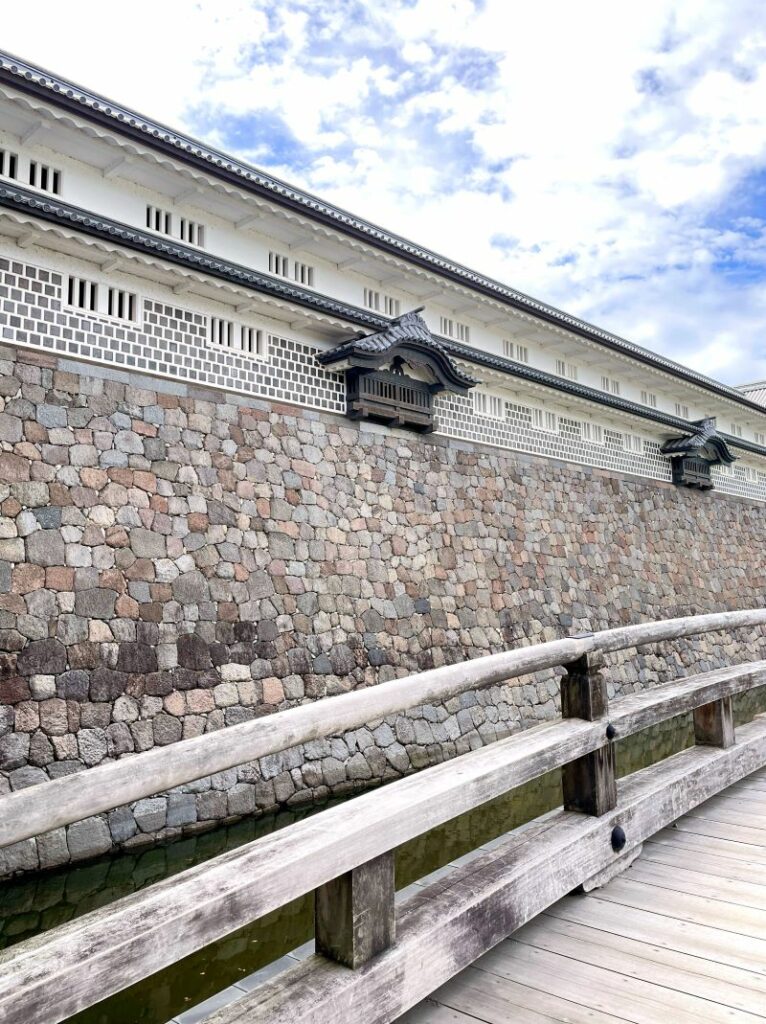
The grounds around the castle are also worth exploring as is the Oyama Shrine found near the base of the castle. Established in 1599 and dedicated to the first Lord of the region, the shrine was moved to its present location at the foot of the castle in 1873.


#2 Kenroku-en “Gardens”
Adjacent to Kanazawa Castle are the beautiful grounds of the Kenroku-en gardens. A garden meant for strolling, Kenroku-en has wide elegant walkways and secret little paths that wind their way through landscaped ponds, streams and trees, guiding visitors from grand views to hidden nooks.
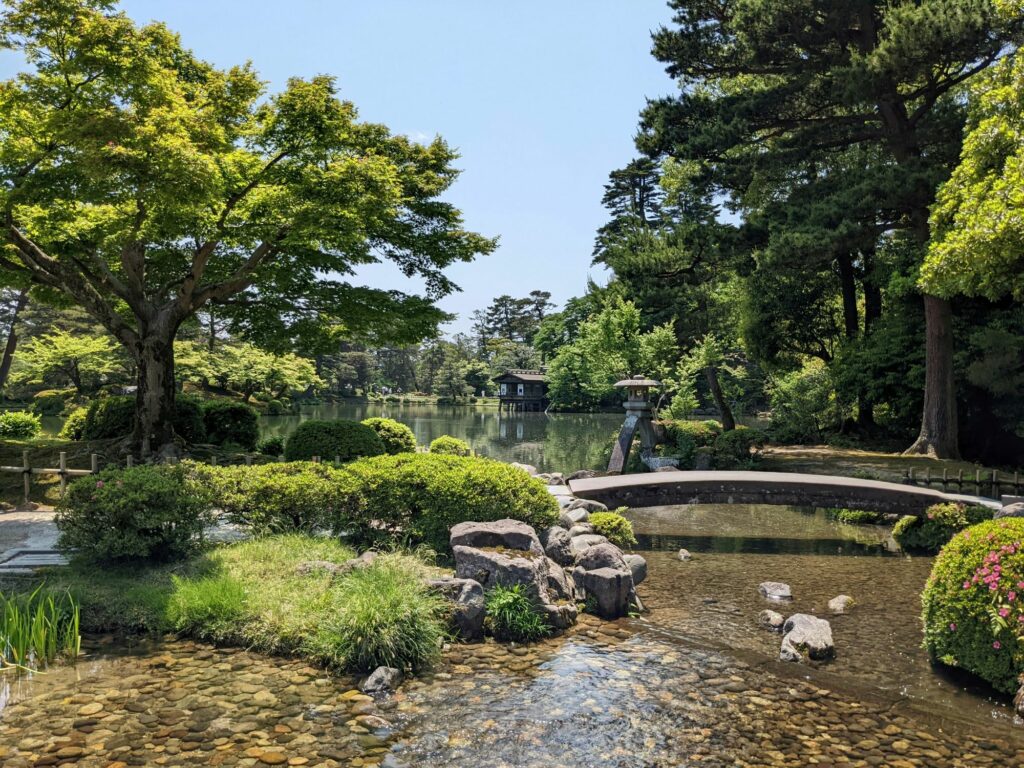
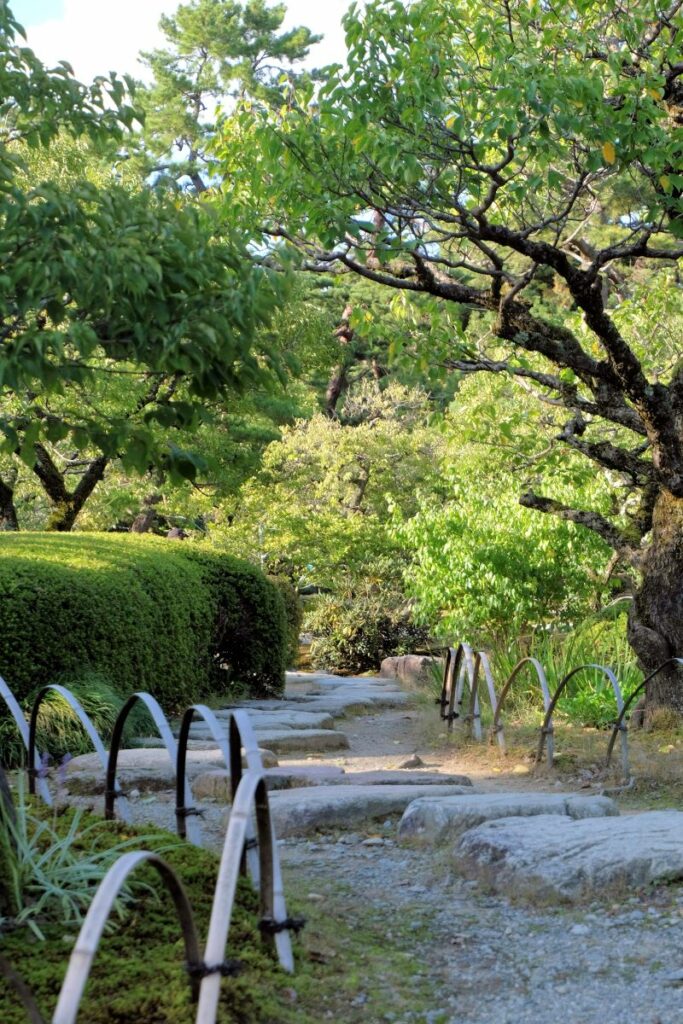
In Japanese tradition, according to a sign near the main entrance, an excellent landscape garden must possess six features: spaciousness and seclusion, artifice and antiquity, watercourses and panoramas, and the name Kenroku-en literally means “garden that combines six characteristics”.
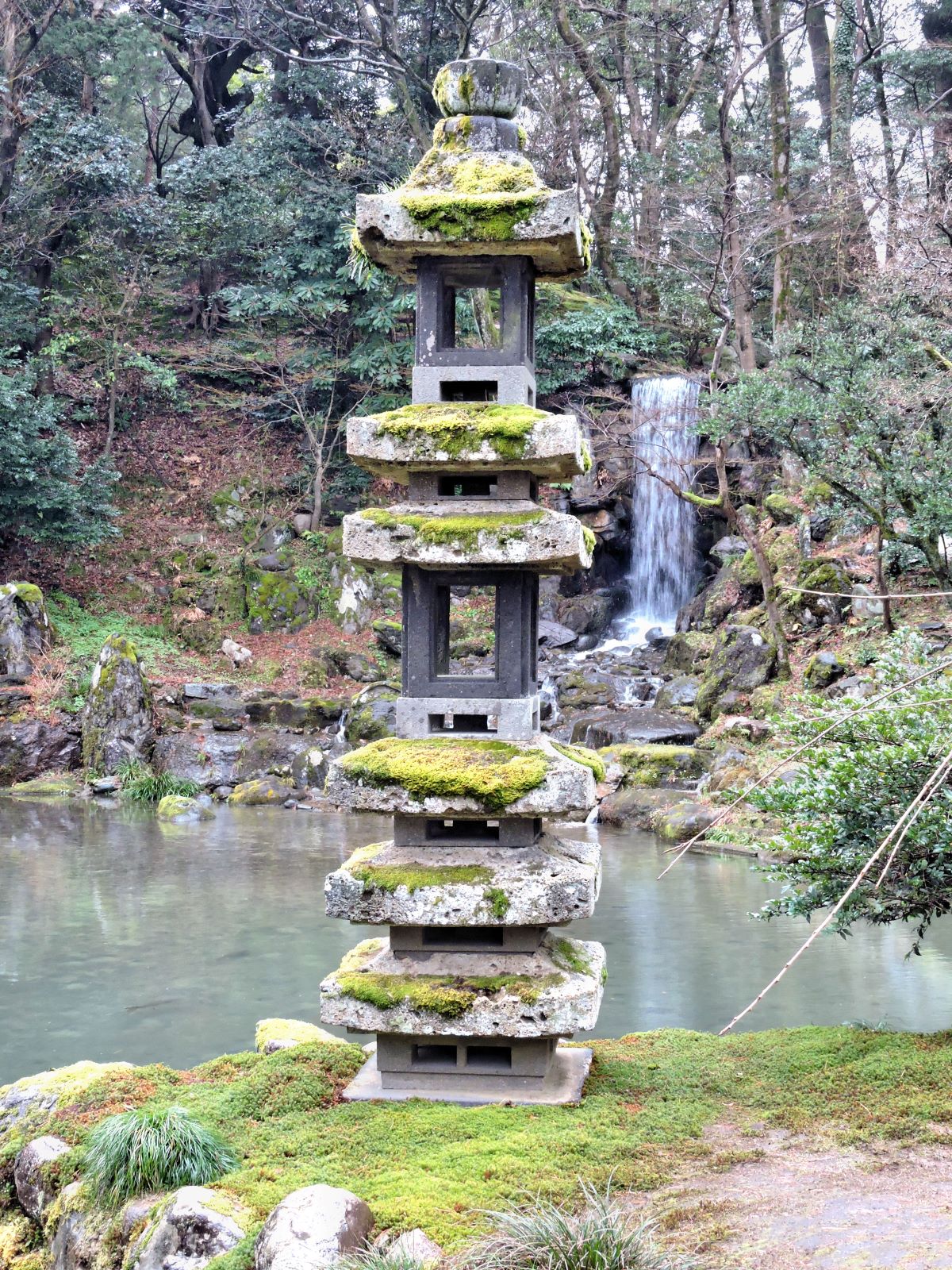
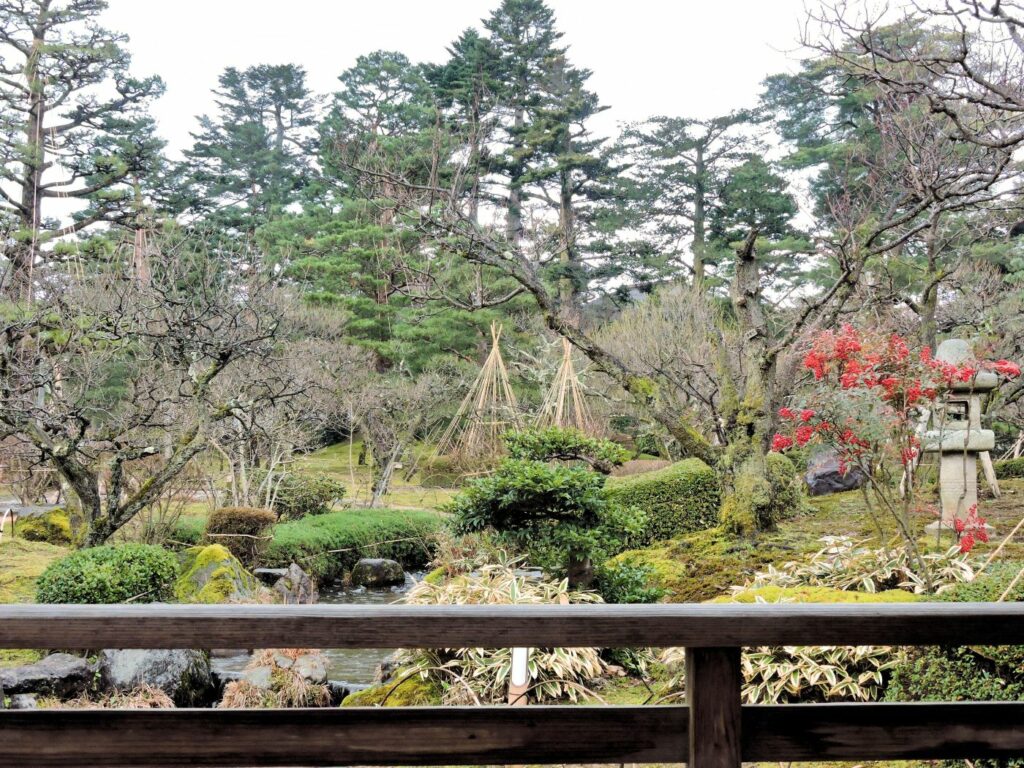
In keeping with a garden that has all six attributes necessary for excellence, Kenroku-en is apparently ranked one of the top three gardens in all of Japan. Although ranked by who, exactly, was and is unclear. While I can’t speak to the veracity of this proclamation, as I have not had the pleasure of viewing every single garden in Japan 🙂 I can say it was indeed a magical beautiful garden to stroll through.
#3. Nagamachi District ~ Kanazawa’s well preserved Samurai district.
Kanazawa is considered one of Japan’s best Castle towns and a key factor to this distinction is the well preserved Samurai district of Nagamachi. A fundamental component to any castle town in feudal Japan, the Samurai district, as one might suppose, was the area where the Samurai took residence. Because the Samurai were of elite status this area was always in close proximity to the castle. While the main attraction of the Nagamachi district is really just to stroll back in time along the narrow cobblestone streets past restored Edo period Samurai houses with defensive straw covered earthen walls, there are a few specific sights and stops one can make while there.
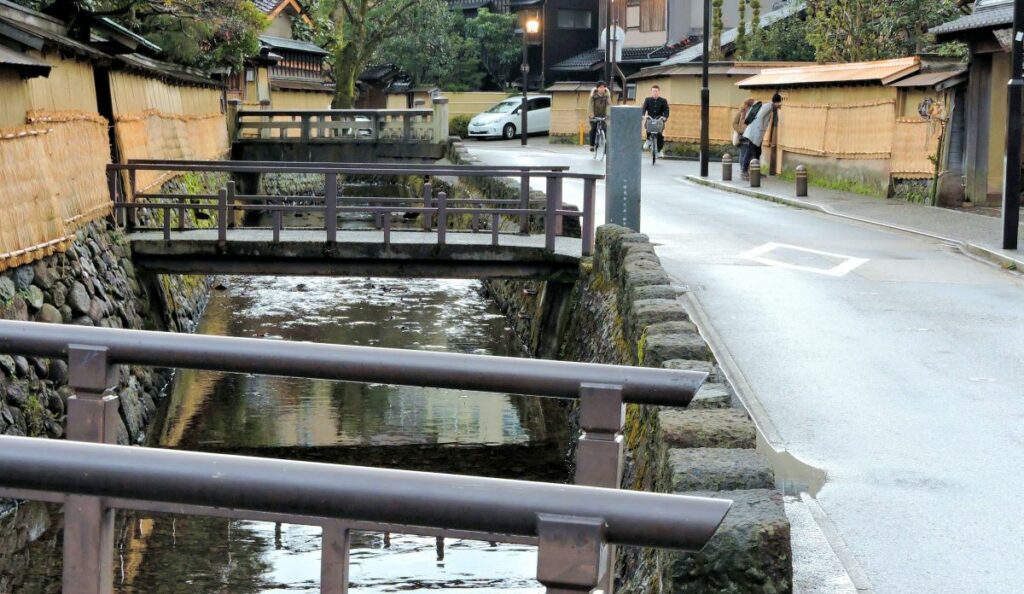
The Tamara Family House ~ An original Samurai residence that has been restored and is free to enter. This is a quick visit that adds depth and interest while strolling through the area.
The Nomura Clan Samurai Residence ~ There is a small (three to four dollar) entrance fee whereupon one can enter inside the Namura family’s traditional edo-period samurai house and garden.
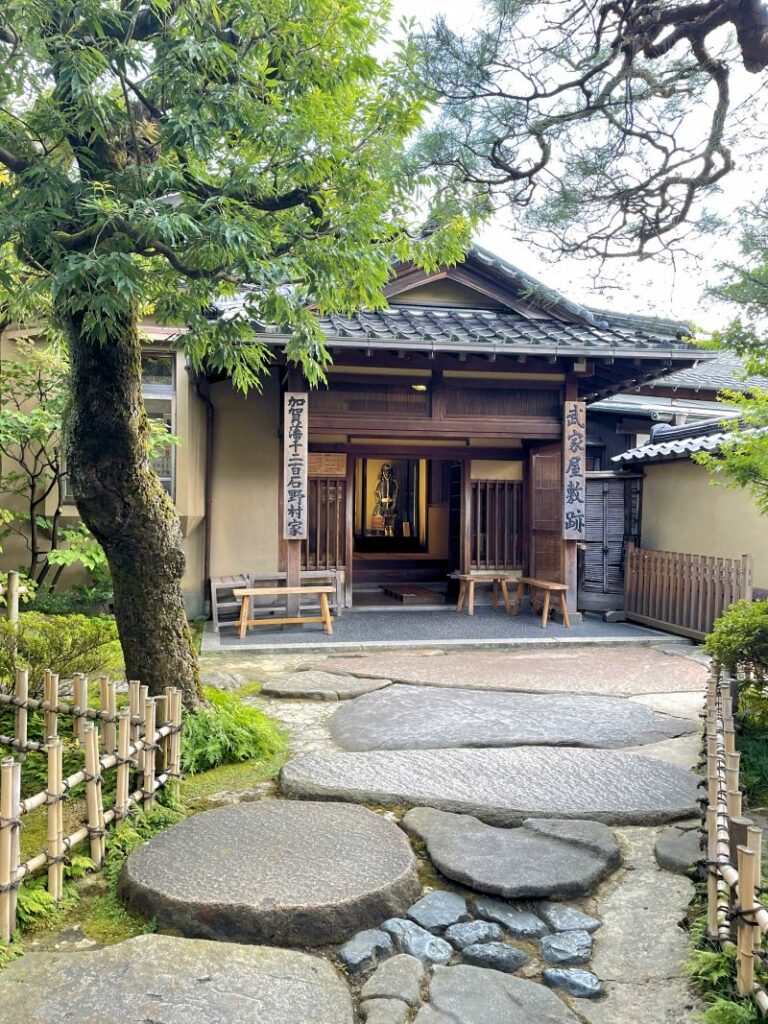
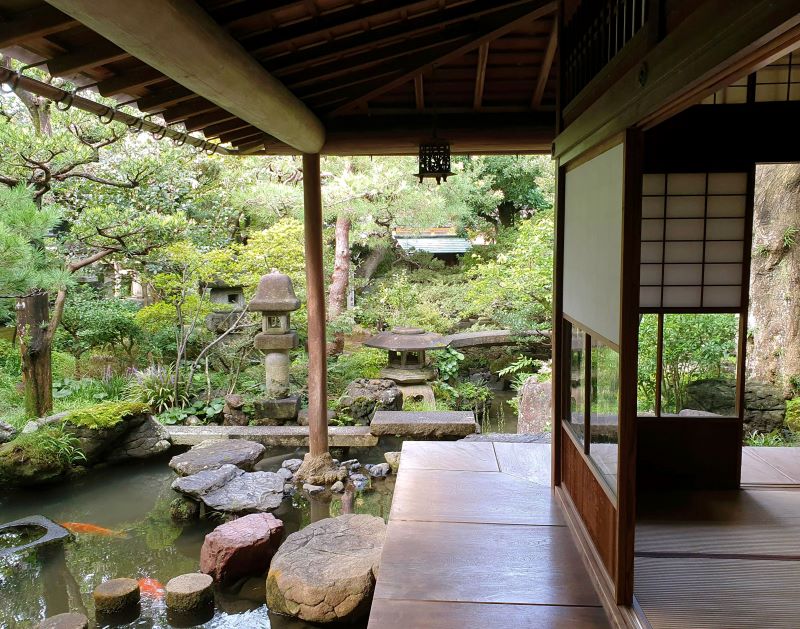
Maeda Tosanokami-ke Shiryokan Museum ~ located near the entrance to the Samurai district this very small simple museum is mostly dedicated to edo era Japanese writings. While perhaps very valuable for the history they provide on the Samurai that lived in this area, unless you’re capable of reading antique Japanese calligraphy and are conducting research this museum might be best to skip over.
Ashigaru Museum – Another free experience where one can step inside two preserved homes that belonged to lower ranking Samurai foot soldiers.
#4 Higashi Chaya District
Chaya districts were districts composed of teahouses where Geisha would entertain. Kanazawa has three surviving, historic Chaya districts. Higashi is the larger and more acclaimed of the three. Like the Samurai district the main appeal of the Geisha tea house district are the Quaint historic buildings and picturesque streets themselves. There are, however, a couple tea houses that for a small entrance fee are open to visitors.
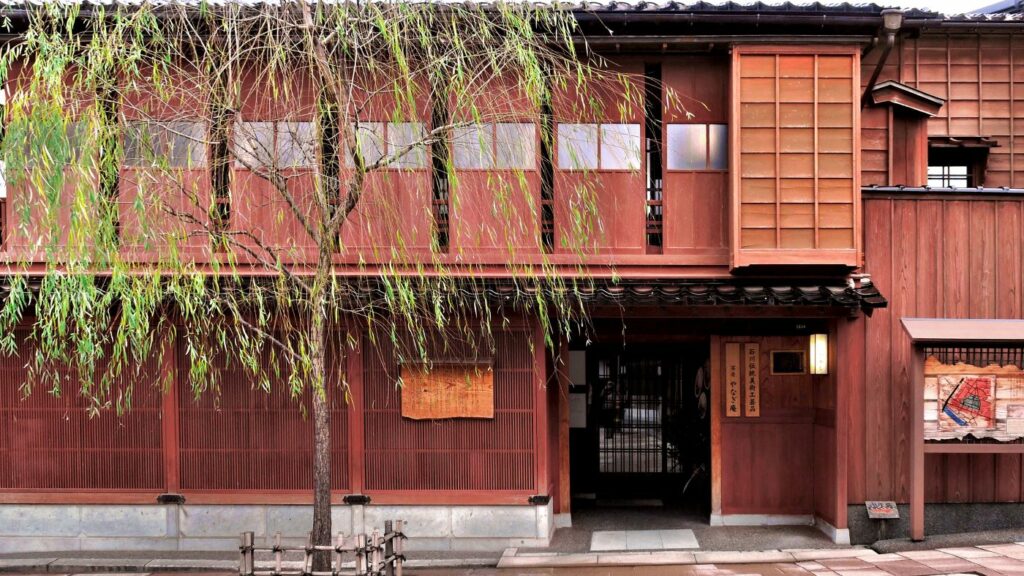
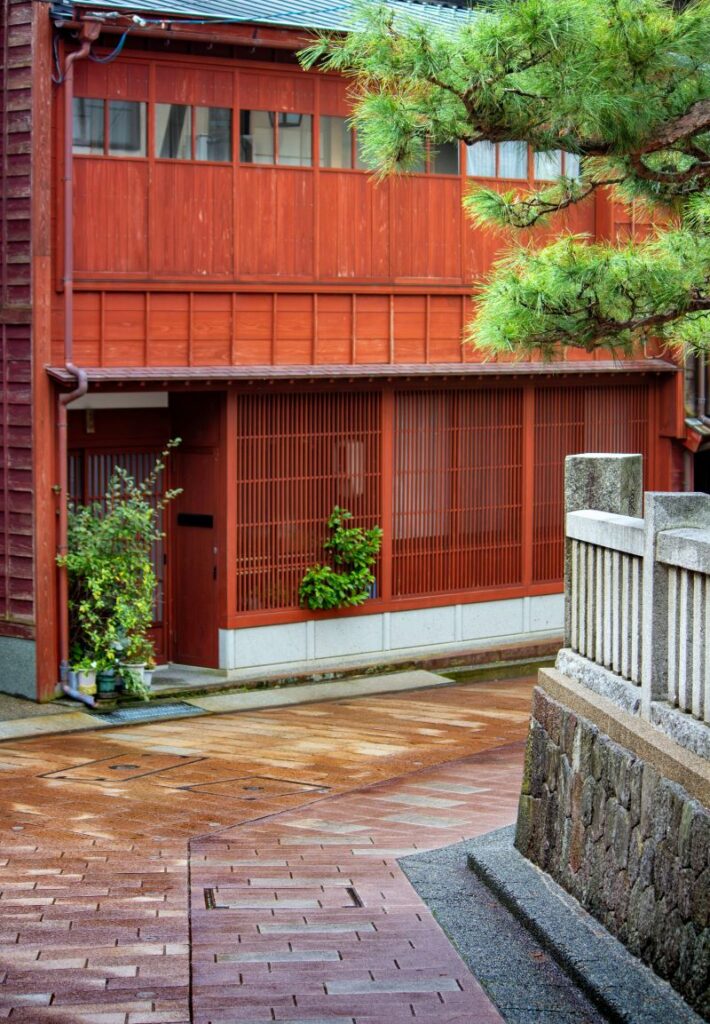
The Kaikaro Teahouse and the Shima Ochaya teahouse. The Kaikaro teahouse is the largest in the Higashi district and offers an upscale tea service during the day while in the evenings it is open to private members only. The Shima Ochaya offers a modest and simple tea service and the teahouse itself resembles more of a museum experience.
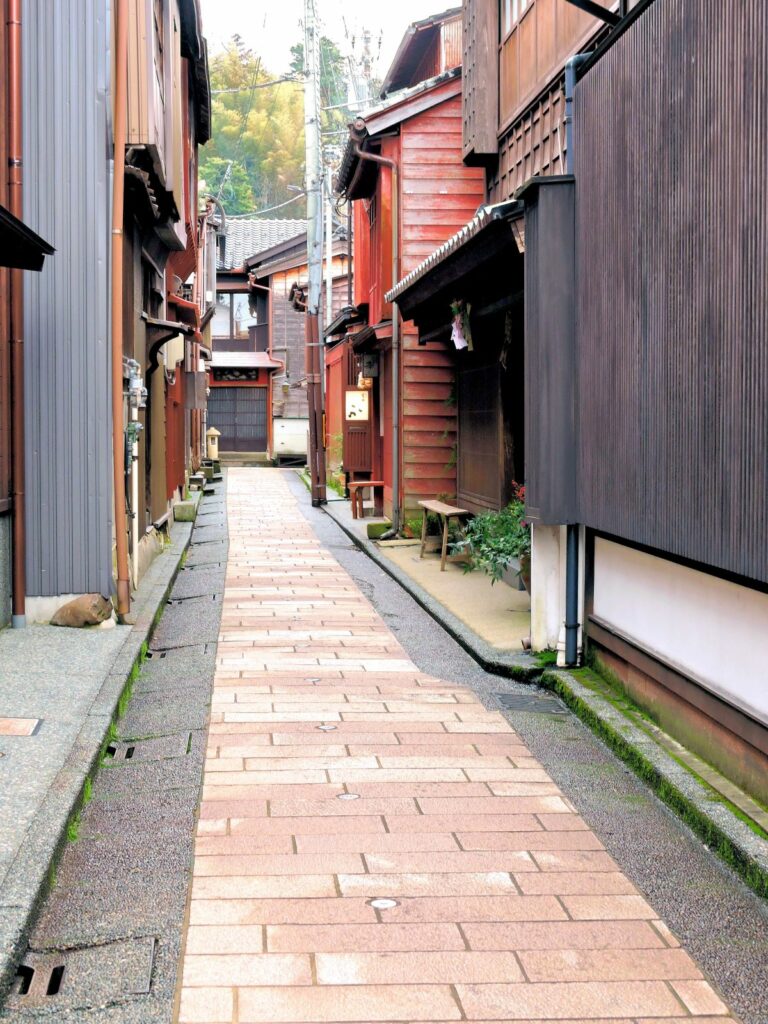
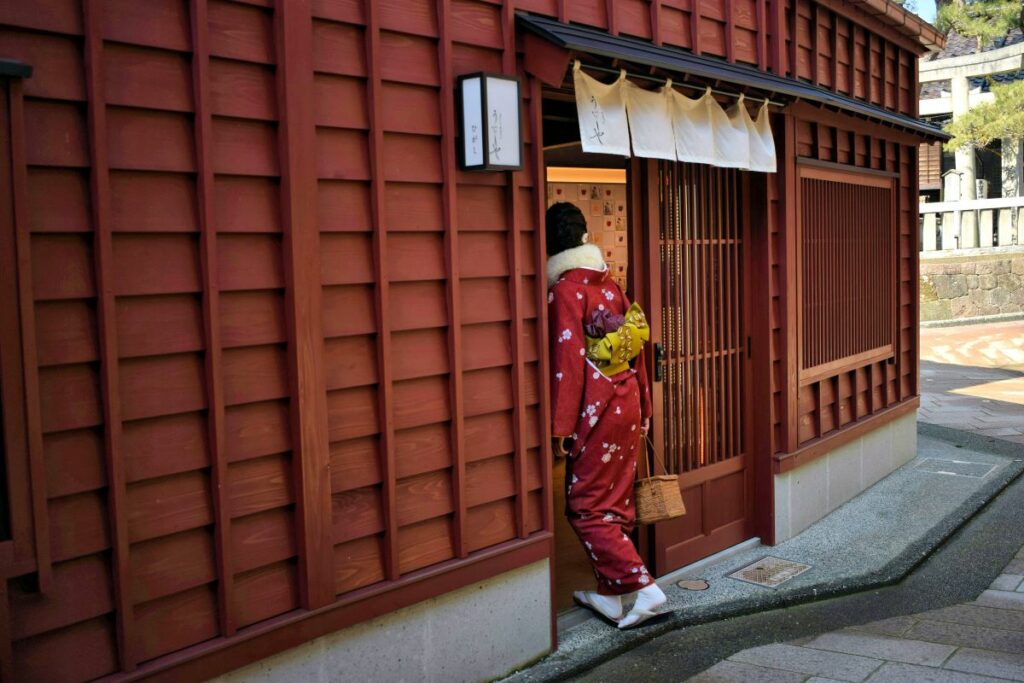
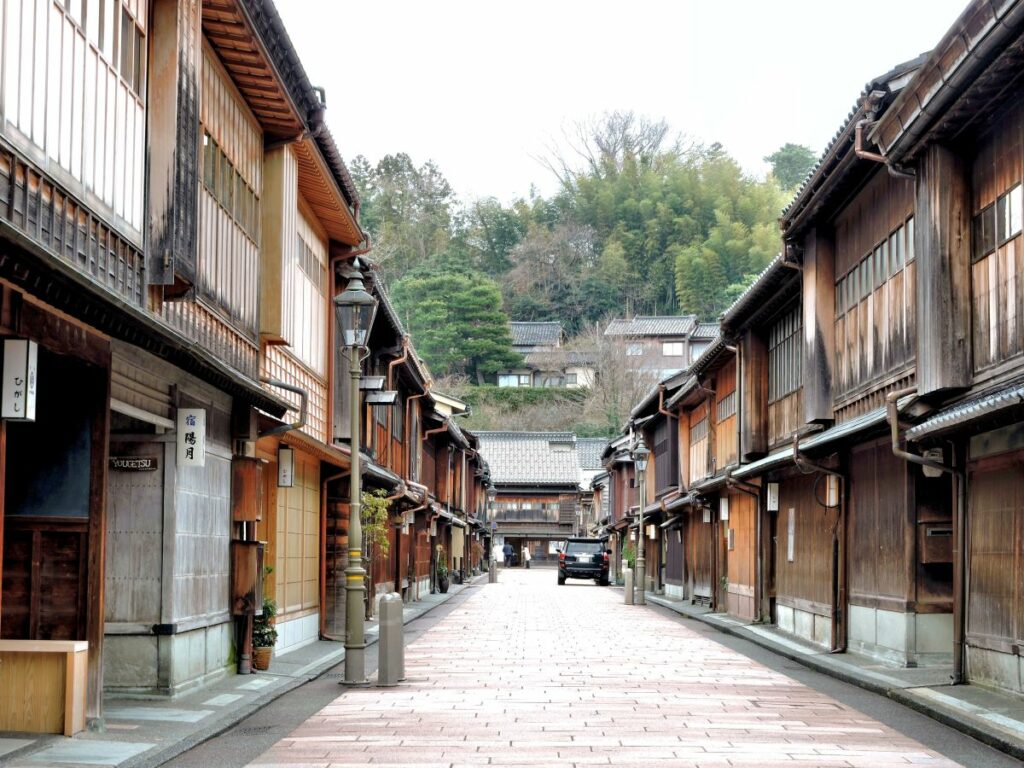
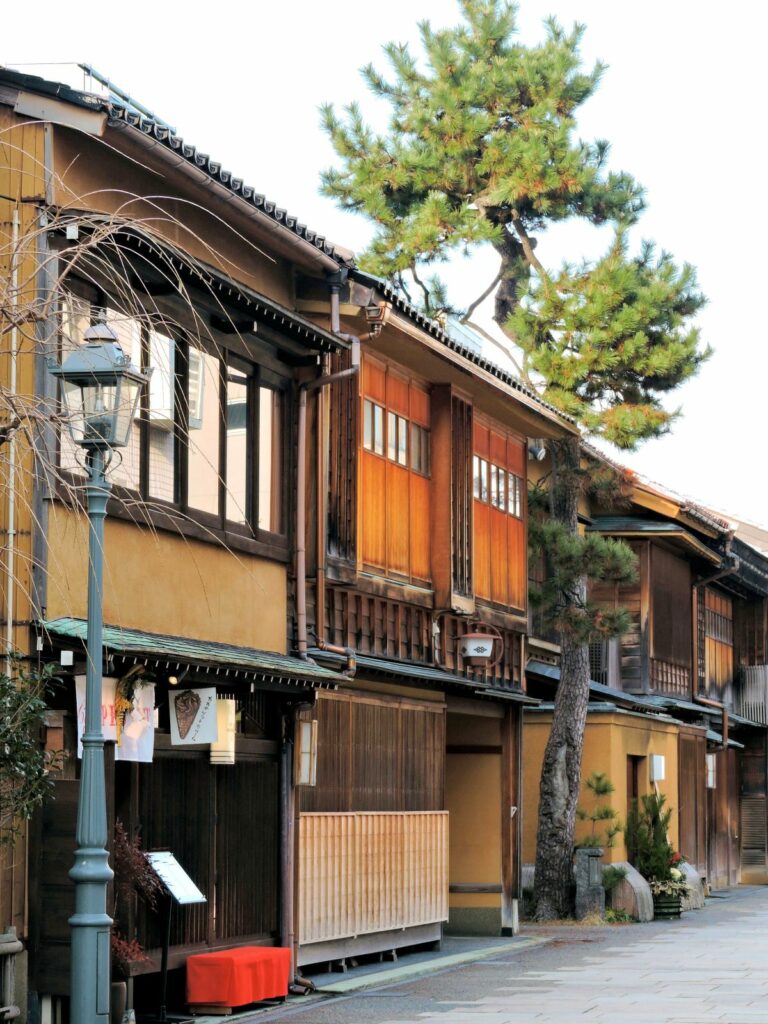
#5 Myouryuji Temple
Myouryuji is often called the Ninja Temple even though it was really a Buddhist temple, but with secret doors, hidden passageways and booby traps throughout, the nickname “ninja temple” has stuck.
The real reason for the secret defensive measures was due to building restrictions imposed during the Edo period by the Tokugawa Shogun to weaken regional lords. During this period the temple with its secret and deceptive defenses served as a disguised military outpost.
Tours at Myouryuji are only offered in Japanese, but on the tour english speakers are given a small laminated english guide to follow along with. I must say the guide ‘books’ descriptions are very, very brief and left me wanting, sadly wanting a good deal more information. Still, it was a worthwhile visit, very intriguing and fun and the history behind why its defenses had to be deceptive, make this a sight that overall I would definitely recommend.
#6 Gold Covered Food:
Kanazawa is apparently the largest producer of gold leaf in Japan. There are several workshops in Kanazawa where they still make the gold leaf by hand using traditional methods. This handmade gold leaf, among other things, is used for restoring old temples and other cultural sights with high historical value. In Kanazawa one can tour and visit these gold leaf workshops, there is also a gold leaf museum, there are gold leaf classes, and then… there is, the gold covered food 🙂
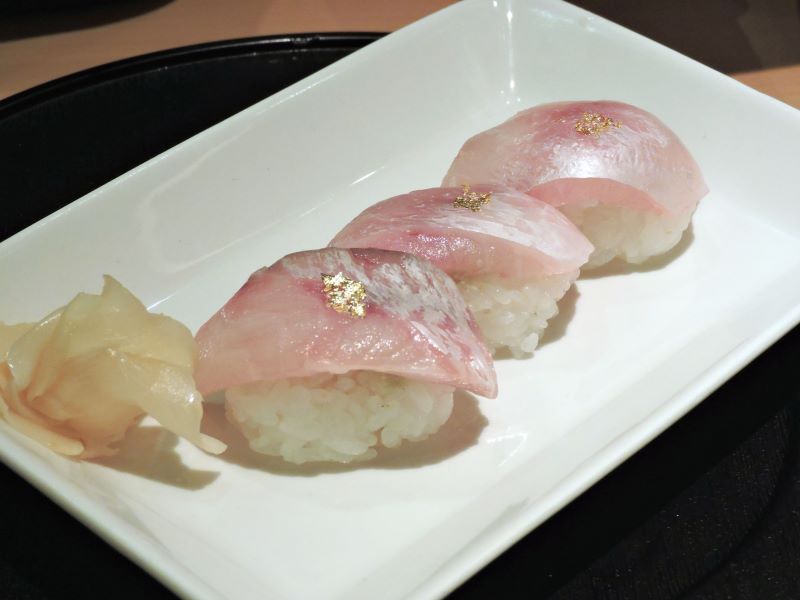
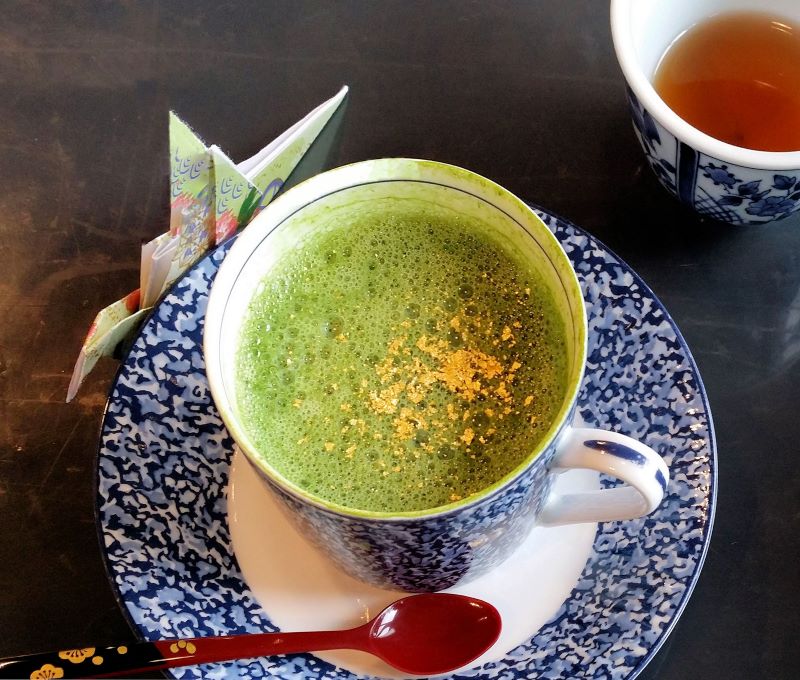
As an apparent homage to Kanazawa’s gold leaf heritage one is very likely to find gold leaf sprinkled on top of anything from sushi to green tea lattes. And of course there is the gold wrapped soft serve ice cream, which is quickly becoming Kanazawa’s unofficial mascot of sorts.
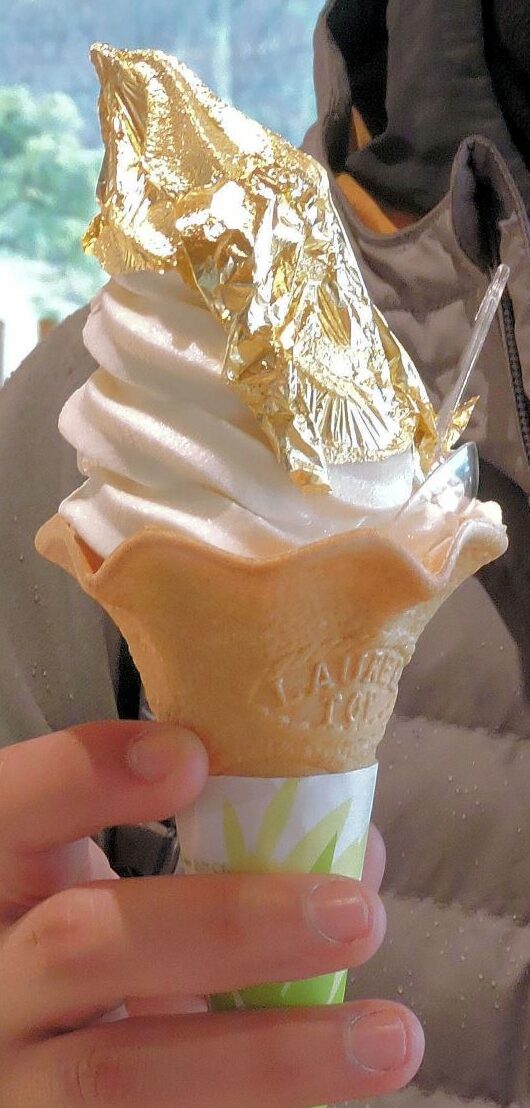
Honorable Mentions that may not suit everyone:
- 21st Century Museum of Contemporary Art
- Omicho Market
